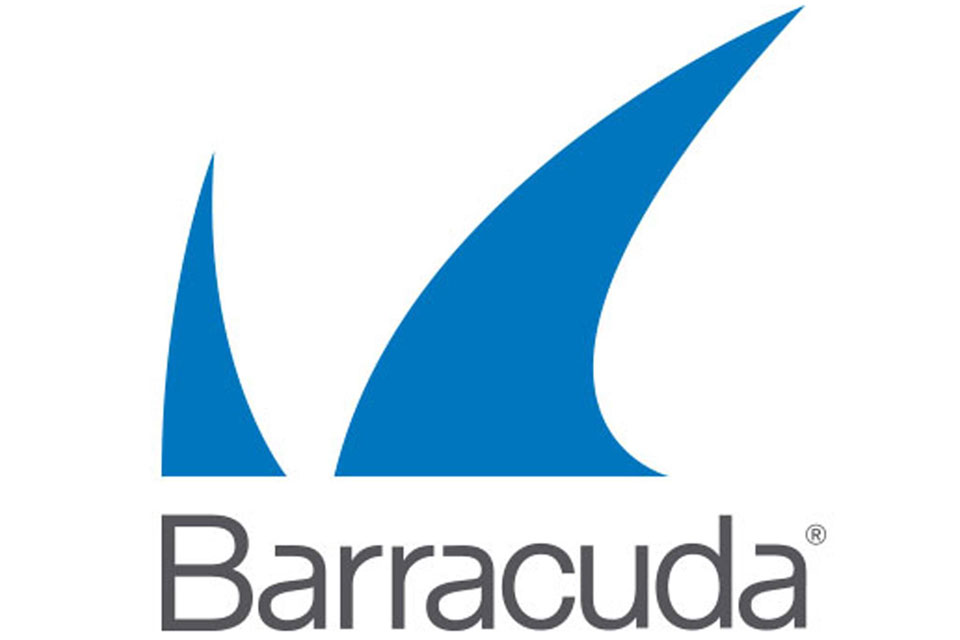Healthcare IT leaders outline cyber security concerns
https://cybersecureforum.co.uk/wp-content/uploads/2018/11/Healthcare-IT-Leaders.jpg 960 640 Stuart O'Brien Stuart O'Brien https://secure.gravatar.com/avatar/81af0597d5c9bfe2231f1397b411745a?s=96&d=mm&r=gHealthcare IT leaders are increasing their spending to defend against cyberattacks and feeling anxiety about Apple, Amazon and Google entering the health care space.
That’s according to a new report from the US-based Center for Connected Medicine (CCM) entitled Top of Mind for Top Health Systems 2019, which focuses on three areas of health IT set to impact health systems next year, namely Cybersecurity, Telehealth, and Interoperability.
Key findings of the report include:
- Hackers and other cyber-criminals are stepping up their attacks on the health care industry, leading 87 percent of respondents to say they expect to increase spending on cybersecurity in 2019; no health system was expecting to decrease spending.
- Health IT leaders overwhelmingly expect government and commercial reimbursement to provide the majority of funding for telehealth services by 2022; internal funding and patient payments are expected to provide the majority of funding for telehealth in 2019.
- 70 percent of responding executives said they were “somewhat concerned” about big tech companies, such as Apple, Amazon and Google, disrupting the health care market; 10 percent were “very concerned.”
The US health care industry was hit with 2,149 breaches comprising a total of 176.4 million records between 2010 and 2017, according to a study published in JAMA Network in September 2018. And the number of data breaches increased in almost every year, starting with 199 in 2010 and ending with 344 in 2017.
The findings are based on quantitative and qualitative surveys of C-suite executives at nearly 40 US health systems. The research was conducted by the Health Management Academy in partnership with the CCM.









